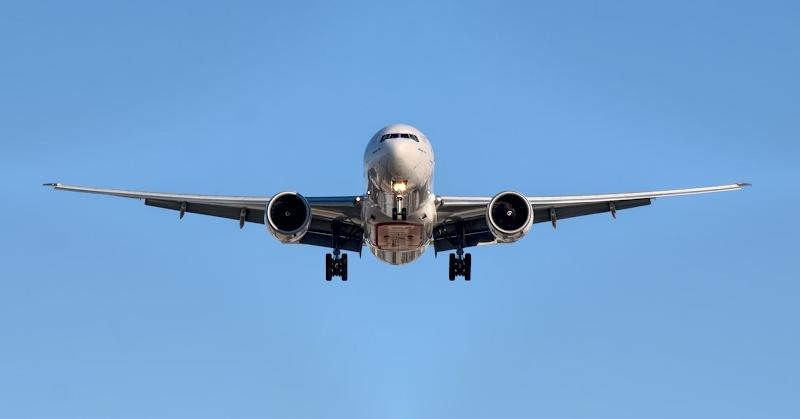Aircraft engine maintenance is a critical aspect of ensuring the safety and reliability of air travel. Pilots and maintenance crews collaborate closely to uphold stringent standards for engine performance and longevity.
This blog provides essential tips for maintaining aircraft engines, focusing on practices that contribute to optimal efficiency and safety.
1. Engine Oil Monitoring and Changes
Aircraft engine oils are the lifeblood of aircraft engines, providing lubrication and heat dissipation essential for smooth operation. Regularly monitoring engine oil levels and quality is paramount for preventing premature wear and identifying potential issues. Conduct routine oil analysis to assess factors such as viscosity, contamination, and metal particle content. This analysis aids in detecting early signs of engine problems, allowing for timely intervention.
Adhering to a strict schedule for oil changes is crucial. Over time, engine oil degrades due to heat and contaminants, leading to diminished lubricating properties. Following the manufacturer’s recommendations for oil change intervals and using approved aviation-grade oil are essential practices. By prioritizing engine oil monitoring and changes, pilots and maintenance crews contribute to the overall health and longevity of aircraft engines.
2. Temperature and Environmental Considerations
The operating environment significantly influences the health and performance of aircraft engines. Monitoring engine temperatures during flight and ground operations is vital for preventing overheating and ensuring optimal efficiency. Pilots should be aware of temperature limits specified by the manufacturer and take corrective actions if thresholds are approached or exceeded.
Environmental factors, such as high humidity and saltwater exposure, can accelerate engine wear and corrosion. Conducting thorough post-flight inspections, especially after operations in challenging conditions, allows for the early detection of potential issues. Protective measures, such as anti-corrosion treatments and proper storage in hangars, can mitigate the impact of environmental elements on engine components.
3. Regular Inspections of Engine Components
Routine inspections of engine components are indispensable for identifying wear, damage, or abnormalities before they escalate into more significant issues. Inspect critical components such as turbine blades, compressor blades, and exhaust systems for signs of erosion, corrosion, or foreign object damage (FOD). Use manufacturer-recommended inspection procedures and schedules to ensure thorough assessments.
Pay attention to the engine’s accessory components, including belts, hoses, and electrical connections. These components play a vital role in supporting overall engine functionality. Any signs of wear or damage should prompt immediate attention and, if necessary, replacement. By conducting regular and comprehensive inspections of engine components, maintenance crews can address issues proactively and prevent potential failures.
4. Efficient Fuel Management
Proper fuel management is a fundamental aspect of aircraft engine maintenance. Pilots should adhere to recommended fuel quality standards and ensure that fuel filters are regularly inspected and replaced as needed. Contaminated fuel can lead to engine damage, impacting fuel injectors and combustion efficiency.
In addition, monitoring fuel consumption and engine performance allows for the early detection of anomalies. Deviations in fuel flow or efficiency may indicate underlying issues that require investigation. Pilots should also be mindful of fuel additives, ensuring compatibility with the aircraft’s engine type and manufacturer recommendations.
5. Adherence to Manufacturer’s Maintenance Guidelines
One of the most critical aspects of aircraft engine maintenance is strict adherence to the manufacturer’s guidelines and recommendations. Manufacturers provide detailed maintenance manuals and schedules outlining specific procedures, intervals, and tolerances for engine inspections and overhauls. Pilots and maintenance crews must strictly follow these guidelines to ensure compliance with industry standards and regulatory requirements.
Staying informed about service bulletins and airworthiness directives issued by the engine manufacturer is essential. These updates often contain crucial information related to potential issues, recommended inspections, and modifications. By closely following the manufacturer’s maintenance guidelines, aviation professionals not only uphold safety standards but also maximize the reliability and longevity of aircraft engines.
Conclusion
Aircraft engine maintenance is a multifaceted responsibility that demands precision, diligence, and a commitment to safety. By incorporating these practices into their routines, pilots and maintenance crews ensure that aircraft engines perform optimally. Following these tips also enhances the safety, reliability, and longevity of these critical components in the dynamic world of aviation.

